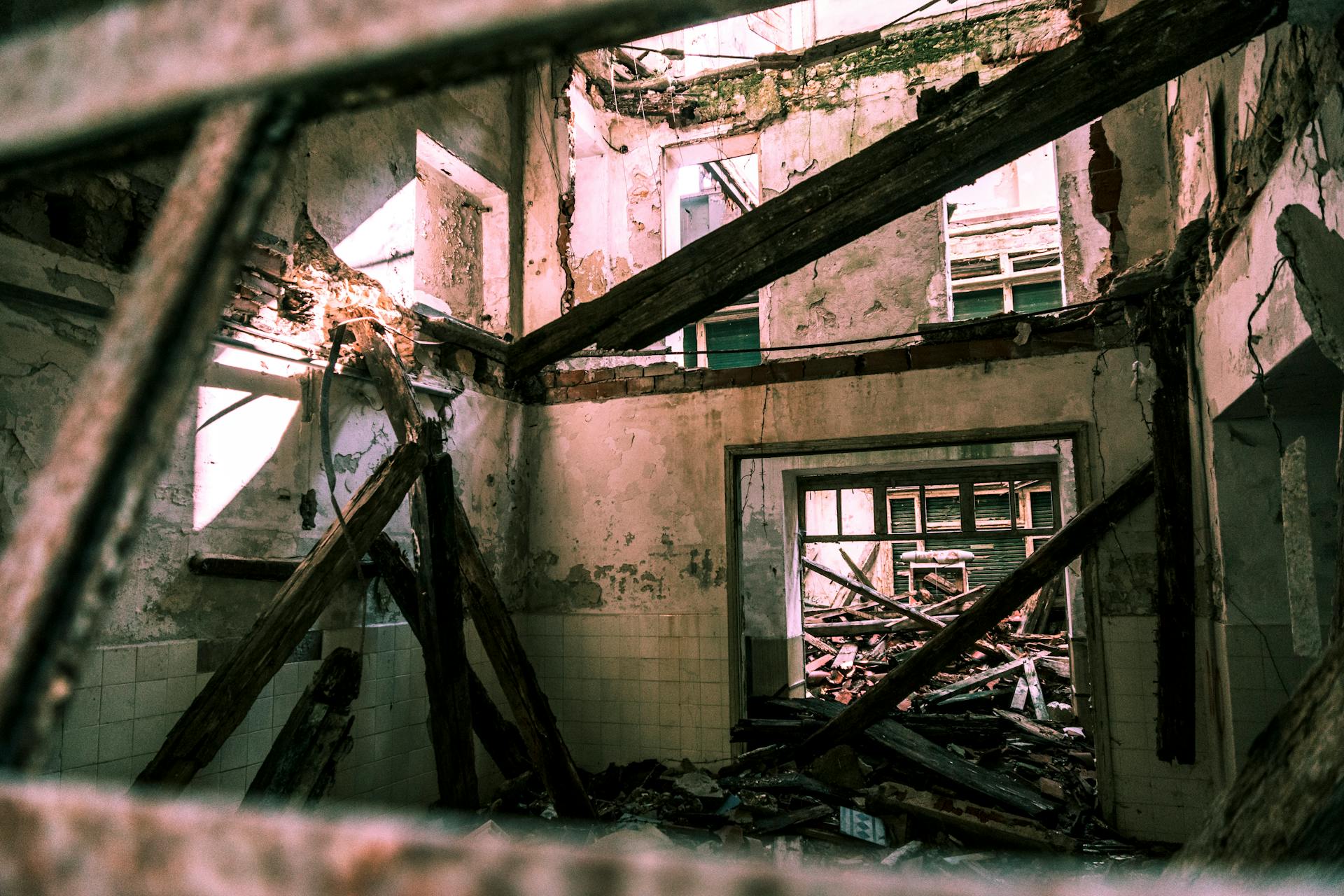When planning to build a new home on an existing property, one of the first and most crucial steps is determining the type of demolition required. This decision impacts the overall timeline, budget, and scope of your construction project. Here’s a guide to help you navigate this process effectively.
1. Assess the Existing Structure
Structural Condition
Start by evaluating the current state of the building. If the structure is severely damaged, dilapidated, or poses safety risks, a complete demolition might be necessary. However, if only certain parts are affected, selective demolition could be a viable option.
Historical Significance
Check if the building is listed as a historic property. Historic buildings often have restrictions on demolition, requiring special permits and adherence to specific guidelines. In such cases, partial demolition or restoration might be needed.
2. Understand Zoning and Local Regulations
Zoning Laws
Research local zoning laws and building codes. Some areas have strict regulations about what can and cannot be demolished. Ensure your plans align with these regulations to avoid legal issues and delays.
Permits and Approvals
Obtain the necessary permits for demolition. This often involves submitting detailed plans and undergoing inspections. The type of permit you need may vary based on whether you’re doing a full demolition or partial demolition.
3. Determine the Scope of Demolition
Full Demolition
This involves tearing down the entire structure, including the foundation. It is typically required when the existing building is beyond repair or when the new construction design significantly differs from the old one.
Partial Demolition
Partial or selective demolition focuses on removing specific parts of a building. This method is useful if you plan to retain certain architectural elements or if only a portion of the structure needs updating.
4. Evaluate Environmental Impact
Asbestos and Hazardous Materials
Identify any hazardous materials such as asbestos, lead paint, or mold. Professional abatement services are necessary to safely remove these substances before demolition.
Recycling and Salvage
Consider recycling and salvaging materials from the demolition site. Items like bricks, wood, and fixtures can often be reused, reducing waste and potentially saving money on new materials.
5. Budget Considerations
Cost Estimates
Get detailed cost estimates for different types of demolition. Full demolition is generally more expensive than partial demolition due to the volume of work involved. Include costs for permits, labor, waste disposal, and any unexpected issues that may arise.
Contingency Fund
Set aside a contingency fund to cover unforeseen expenses. Demolition can uncover hidden problems, such as foundation issues or hazardous materials, that require additional resources to address.
6. Hire Qualified Professionals
Demolition Contractors
Hire experienced and licensed demolition contractors. They will ensure the job is done safely and in compliance with all regulations. A good contractor can also provide valuable advice on the most efficient and cost-effective demolition method.
Architects and Engineers
Consult with architects and structural engineers to assess the feasibility of your demolition plans. They can help you understand the implications of different demolition types on your new construction project.
7. Plan for Site Preparation
Site Cleanup
Ensure the site is thoroughly cleaned and prepared for new construction. This includes removing debris, grading the land, and addressing any soil contamination issues.
Utility Disconnections
Coordinate with utility companies to disconnect services such as electricity, water, and gas before demolition begins. This step is crucial for safety and to prevent damage to infrastructure.
Be Careful with Demolition
Determining the type of demolition needed for your home is a process that requires careful consideration of various factors. By assessing the existing structure, understanding local regulations, evaluating environmental impacts, and budgeting appropriately, you can make informed decisions that pave the way for a successful new construction project.
Always use qualified professionals to guide you through the process and ensure that every step is handled with expertise and care.


